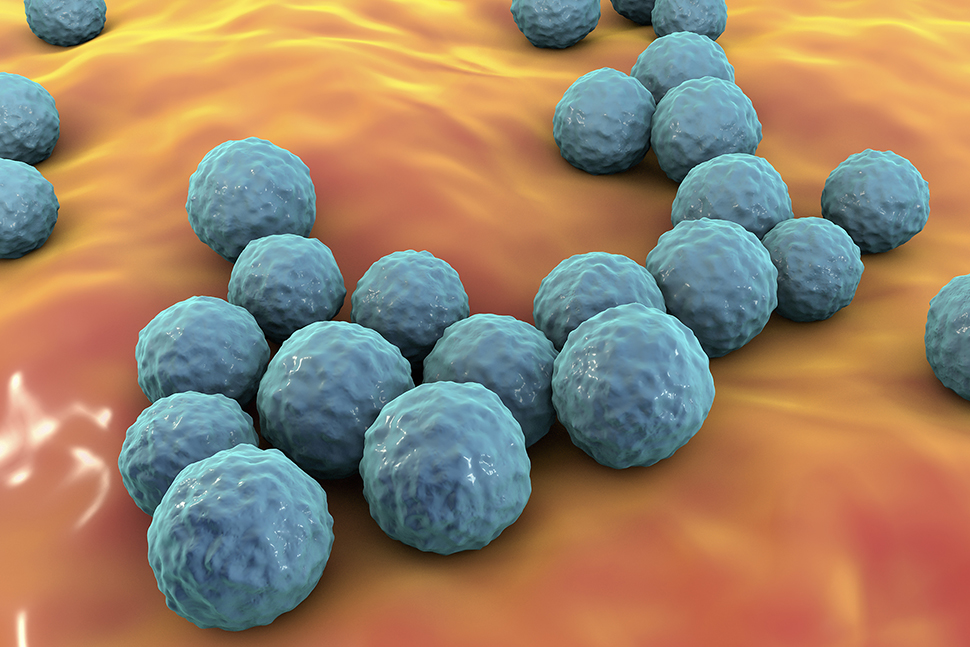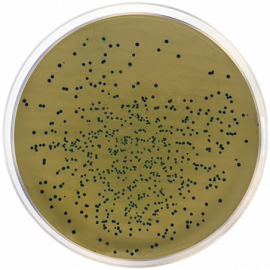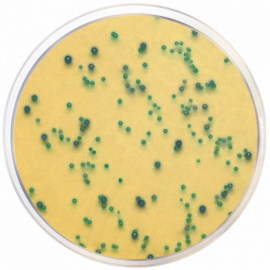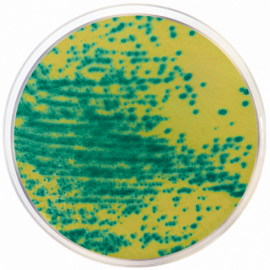Published: 25/11/21 13:40 Categories: Microbiology
When a bottle of water is purchased anywhere, the last thing the buyer expects is for it to be contaminated with pathogenic microorganisms. This is thanks to the quality assurance systems that drinking water passes through before it reaches the end consumer.
The microorganisms that are blacklisted in these products include Enterococcus.
What we know and what we don't know about enterococci
These microorganisms are Gram-positive, non-spore-forming microorganisms. They have a great survival ability, growing optimally between 35-37ºC, but can survive between 10-45ºC, wide pH ranges, desiccation conditions or even direct contact with sunlight.
Thanks to these metabolic characteristics, their survival in hostile environments such as the gastrointestinal tract of humans is a given, causing potentially serious health problems such as bacteremia or urinary tract infections. In addition, their increasing adaptations have allowed them to acquire new antibiotic resistance, thus increasing their clinical relevance.

Current estimates as to the resistance of different enterococci indicate that 10% of E. faecalis are resistant to vancomycin, while 80% of E. faecium are resistant to this antibiotic. These two strains are the most important in the family, as together they account for 75% of total enterococcus infections, and one of their most important routes of transmission in the industry is through drinking water.
Enterococcus detection
This transmission route highlighted the need to monitor enterococcus populations in water, with the establishment of a reference method for the numbering of these pathogens for their control, resulting in ISO 7889. Condalab offers all the media for the due fulfillment of this regulation.
However, this method proposes a long protocol comprising several phases, so the availability of alternative methods is particularly useful. For this reason, Condalab, in response to market needs, offers its chromogenic culture media for enterococci detection. Detection with these media is faster than with the standard ISO method, more affordable than genetically based methods, and offer high levels of sensitivity, selectivity and specificity.
CONDACHROME®
Our wide range of chromogenic culture media enables us to offer three products for Enterococcus detection:
-
M-EI Chromogenic Agar Base: Detection and numbering of enterococcus by single-step membrane filtration, growing in a blue color. Gram-negative and the rest of Gram-positive growth is inhibited. In addition, culturing at 41ºC increases the selectivity of the medium. Results obtained after 24h.

-
Modified m-EI Chromogenic Agar Base: This medium differentiates between E. faecalis and E. faecium (greenish and deep blue respectively) by culturing at 41ºC for 18 to 24 hours.

-
Chromogenic Agar for Vancomycin Resistant-Enterococci (VRE): Given the increasing urgency for the detection of multidrug-resistant strains of enterococcus, we offer this chromogenic medium with vancomycin to differentiate between strains resistant to this antibiotic, cultured at 35°C for 18 to 24 hours.

 Food fraud: How do we detect it?
Food fraud: How do we detect it?
 Visit Us at MEDICA 2025 – Discover Our Precise Detection Solutions
Visit Us at MEDICA 2025 – Discover Our Precise Detection Solutions
 PCR: The Technique Revolutionizing Rapid Detection in the Food Industry
PCR: The Technique Revolutionizing Rapid Detection in the Food Industry
 How Culture Media Ensure the Safety, Efficacy, and Quality of Medicines
How Culture Media Ensure the Safety, Efficacy, and Quality of Medicines
 Meeting us at MEDLAB MIDDLE EAST 2025
Meeting us at MEDLAB MIDDLE EAST 2025
